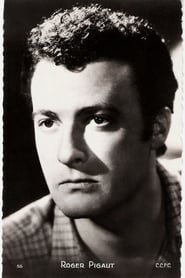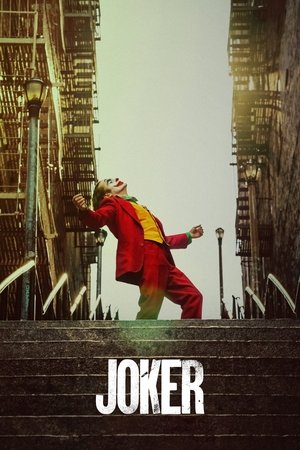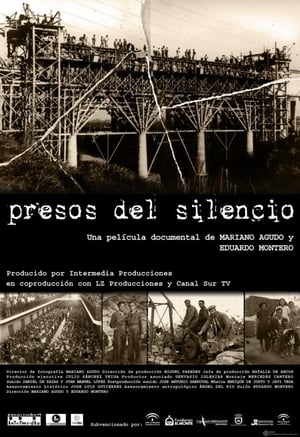
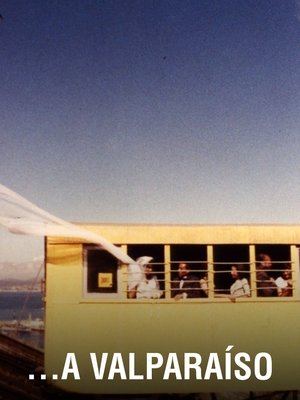
Valparaiso(1964)
In 1962 Joris Ivens was invited to Chile for teaching and filmmaking. Together with students he made …A Valparaíso, one of his most poetic films. Contrasting the prestigious history of the seaport with the present the film sketches a portrait of the city, built on 42 hills, with its wealth and poverty, its daily life on the streets, the stairs, the rack railways and in the bars. Although the port has lost its importance, the rich past is still present in the impoverished city. The film echoes this ambiguous situation in its dialectical poetic style, interweaving the daily life reality (of 1963) with the history of the city and changing from black and white to colour, finally leaving us with hopeful perspective for the children who are playing on the stairs and hills of this beautiful town.

Movie: Valparaiso

…A Valparaíso
HomePage
Overview
In 1962 Joris Ivens was invited to Chile for teaching and filmmaking. Together with students he made …A Valparaíso, one of his most poetic films. Contrasting the prestigious history of the seaport with the present the film sketches a portrait of the city, built on 42 hills, with its wealth and poverty, its daily life on the streets, the stairs, the rack railways and in the bars. Although the port has lost its importance, the rich past is still present in the impoverished city. The film echoes this ambiguous situation in its dialectical poetic style, interweaving the daily life reality (of 1963) with the history of the city and changing from black and white to colour, finally leaving us with hopeful perspective for the children who are playing on the stairs and hills of this beautiful town.
Release Date
1964-08-31
Average
6.9
Rating:
3.5 startsTagline
Genres
Languages:
FrançaisEspañolKeywords
Recommendations Movies
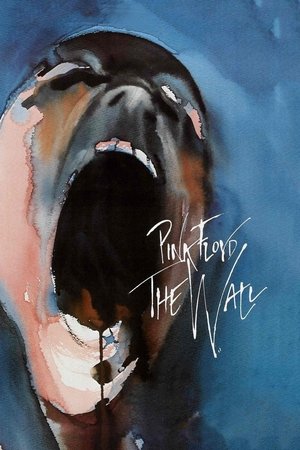 8.0
8.0Pink Floyd: The Wall(en)
A troubled rock star descends into madness in the midst of his physical and social isolation from everyone.
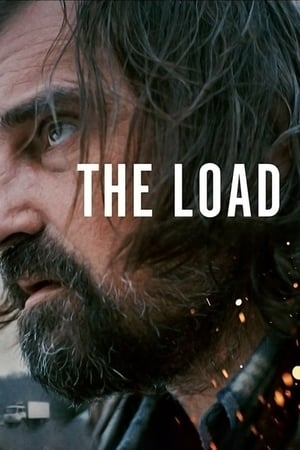 6.2
6.2The Load(sr)
Vlada works as a truck driver during the NATO bombing of Serbia in 1999. Tasked with transporting a mysterious load from Kosovo to Belgrade, he drives through unfamiliar territory, trying to make his way in a country scarred by the war. He knows that once the job is over, he will need to return home and face the consequences of his actions.
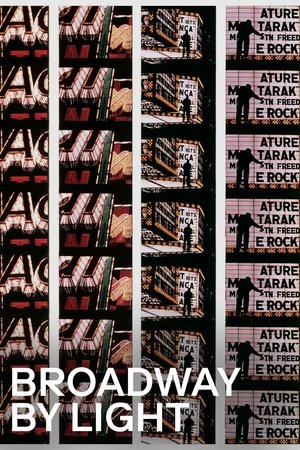 6.6
6.6Broadway by Light(fr)
An experimental meditation on Times Square's marquees and iconic advertising that captures the concurrently seedy and dazzling aspects of New York's Great White Way.
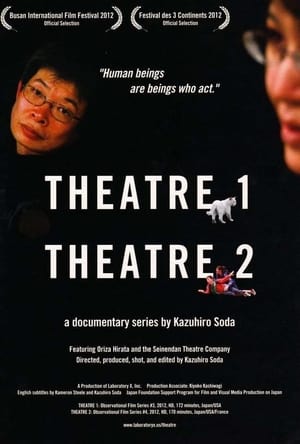 6.0
6.0Theatre 2(ja)
Oriza Hirata is Japan's leading playwright and director, who runs his own theatrical company, Seinendan. Theatre 2 (Observational Film Series #4) examines the dynamic relationship between theatre and the society through depicting Hirata's activities. In order for his art and his not-so-commercial company to survive this highly capitalistic modern society, what kind of strategy does Hirata have and practice?
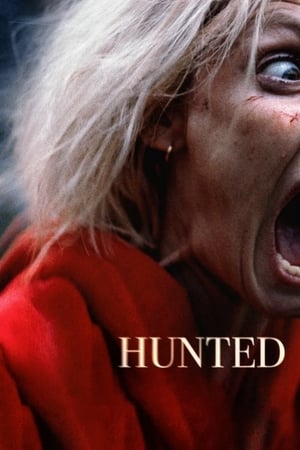 6.2
6.2Hunted(en)
A woman flees two serial killers who are hot on her heels in a forest.
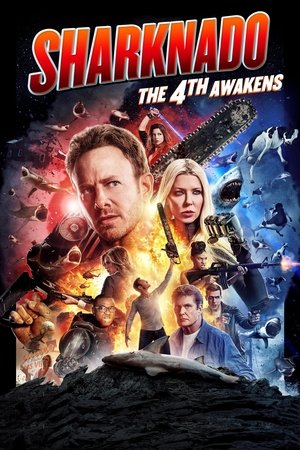 4.5
4.5Sharknado 4: The 4th Awakens(en)
The new installment of the Sharknado franchise takes place 5 years after Sharknado 3: Oh Hell No! There have been no Sharknados in the intervening years, but now they’re appearing again in unexpected ways.
 6.9
6.9Supernova(en)
Sam and Tusker, partners of 20 years, are traveling across England in their old RV visiting friends, family and places from their past. Since Tusker was diagnosed with early-onset dementia two years ago, their time together is the most important thing they have. As the trip progresses, however, their ideas for the future clash, secrets come out, and their love for each other is tested as never before. Ultimately, they must confront the question of what it means to love one another in the face of Tusker’s illness.
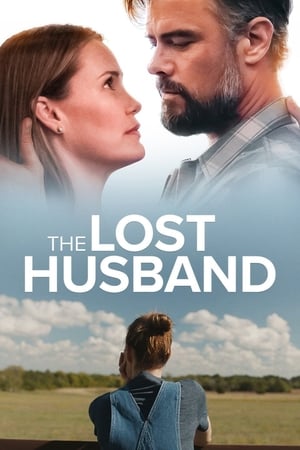 6.8
6.8The Lost Husband(en)
Trying to put her life back together after the death of her husband, Libby and her children move to her estranged Aunt's goat farm in central Texas.
 7.5
7.5Night Is Short, Walk On Girl(ja)
As a group of university students go out for a night on the town, a sophomore known only as "The Girl with Black Hair" experiences a series of surreal encounters with the local nightlife – all the while unaware of the romantic longings of "Senpai", a senior student who has been creating increasingly fantastic and contrived reasons to run into her in an effort to win her heart.
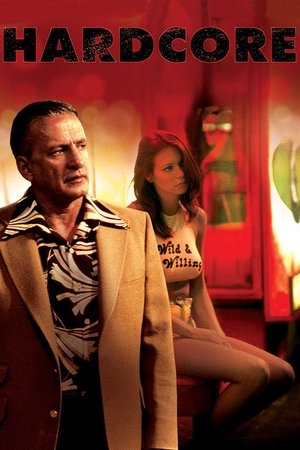 6.7
6.7Hardcore(en)
A conservative Midwest businessman ventures into the sordid underworld of pornography in search of his runaway teenage daughter who’s making hardcore films in the pits of Los Angeles.
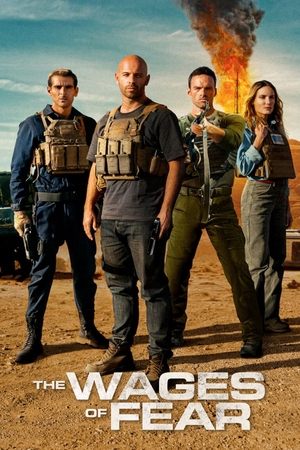 6.2
6.2The Wages of Fear(fr)
When an explosion at an oil well threatens hundreds of lives, a crack team is called upon to make a deadly desert crossing with nitroglycerine in tow.
 6.2
6.2The Abominable Snowman(en)
A kindly English botanist and a gruff American promoter lead an expedition to the Himalayas in search of the legendary Yeti.
 7.1
7.1Parasyte: Part 2(ja)
Humanity is under attack by human-mimicking flesh-eating alien parasites. One parasite bonds with his young high school student host, and he convinces the parasite to help him stop the others.
 6.4
6.4Angela's Christmas Wish(en)
A determined Angela makes a wish to reunite her family in time for Christmas, then launches a plan to find her way from Ireland to Australia.
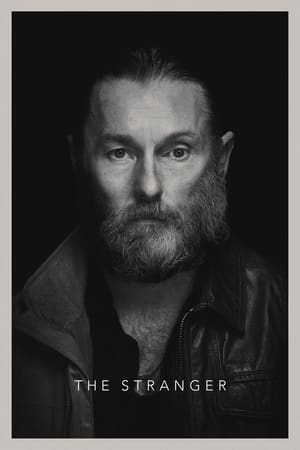 6.2
6.2The Stranger(en)
Two strangers strike up a conversation on a long journey. One is a suspect in an unsolved missing person’s case and the other an undercover operative on his trail. Their uneasy friendship becomes the core of this tightly wrought thriller, which is based on the true story of one of the largest investigations and undercover operations in Australia.
 6.0
6.0Significant Other(en)
Ruth and Harry decide to take a romantic backpacking trip through the Pacific Northwest, but amongst the beautiful scenery, Ruth makes an unexpected discovery that sets her off on a strange, frightening new path. The couple aren't alone in the woods, and they might not be the same when they come out...if they come out.
 5.9
5.9Mascarpone(it)
Antonio is a 30 year old family man, whose life finds an unexpected twist when he's suddenly dumped by his husband, whom he depends both psychologically and economically: he needs to find a new place to stay, a job and a new purpose in life. Antonio finds a room in an apartment owned by Denis and starts to work in a bakery owned by Luca, while attending pastry school. Through this process he discovers that it was wrong of him to give up his independence for the sake of his relationship in the past.
 5.8
5.8George and A.J.(en)
George & A.J. is a short film created by Pixar which uses characters from the film Up to tell what Nurses George and A.J. did after Carl Fredricksen left with his house tied to balloons in the feature film.
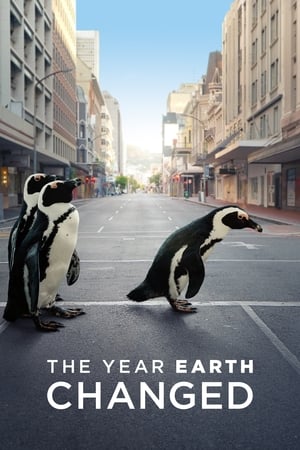 7.9
7.9The Year Earth Changed(en)
Never-before-seen footage shows how our living in lockdown opened the door for nature to bounce back and thrive. Across the seas, skies, and lands, Earth found its rhythm when we came to a stop.
Similar Movies
The 10 Minute Project(en)
An experimental project made up of 10 minute silent portraits with 60+ participants.
 5.9
5.9You've Got Beautiful Stairs, You Know...(fr)
Short directed by Agnès Varda in 1986 on the occasion of the 50th anniversary of the French Cinematheque, presenting a contrast between the famous stairs from the place along with classic film images also revolving around stairs.
Timber Front(en)
This black-and-white archival film outlines the importance of Canada's forests in the national war effort during the Second World War.
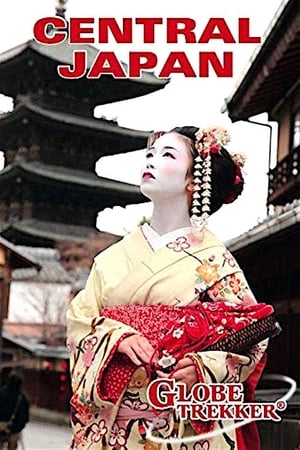 7.0
7.0Central Japan(en)
Join Megan McCormick on a journey of discovery across Japan's spectacular heartland starting in Japan's beautiful former capital Kyoto. She explores Buddhist temples, World Heritage Sites, and bargains at the city's best flea market. She then travels to Osaka, and Iga-Ueno, a former ninja stronghold, where she learns the secrets of these famously skilled assailants. She also visits the remote Sado Island and Himeji.
 0.0
0.0Designation of Origin(es)
The small town of San Carlos suffers an atrocious injustice: the neighboring city of Chillán snatches from them the prize for the "Best Longaniza in Chile". Faced with this blatant theft, a group of people from San Carlos organizes a powerful social movement, which aims to obtain the precious "Denomination of Origin" for their longaniza sausages, and thus repair the damage and recover the dignity of their beloved town.
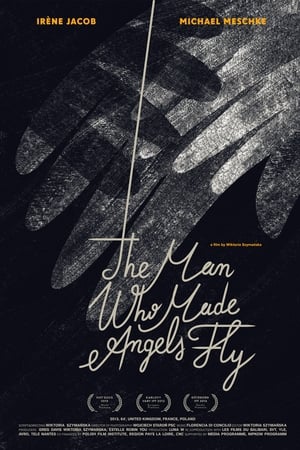 7.0
7.0The Man Who Made Angels Fly(en)
When the lights dim and the stage is revealed, Meschke channels life through the strings of his puppets, triggering the spiritual connection between the creator and his alter-egos: the charismatic Don Quixote, the loving Penelope, the inquisitive Baptiste, or the mysterious Antigone. THE MAN WHO MADE ANGELS FLY is a poetic story about a master of his craft that has inspired audiences to reflect upon common issues of suffering and the mortal coil. Visionary and un-biographic, imaginary tribute to the puppeteer.
The Land of Auld Lang Syne(en)
This Traveltalk series short takes us to Edinburgh, Scotland. We learn the importance of religion, science and the arts here and see various historic sites including Edinburgh Castle.
Life in the Andes(en)
The Andes Mountains travel the western side of South America. Unlike many other mountain ranges of their altitude, the Andes do support human life on their high altitude slopes. Modern life is slowly making its way to the high altitude Andes, but the natives for the most part continue with the traditional ways of their ancestors, growing limited crops such as beans and potatoes - where the crop originated - raising sheep and pigs, and living in crude huts. The llama is the most useful of their work animals. The most conspicuous aspect of the native dress is their derby hats, the origins which are unknown. Further down the slopes, agriculture and ranching is more productive and is carried out by descendants of the Spanish settlers. There is a famous lake district in the Chilean part of the Andes, where resort hotels are located.
Wandering Through Wales(en)
Located in the United Kingdom, the Principality of Wales, home to 2.5 million people, is filled with rolling mountains, and green valleys. Because of its culture and language, it is unique within the UK. Much of the economy is based on small independent farms, but also includes coal and slate mining. Its many castles - including Caernarfon and Conwy - comprise its most famous built landmarks. Another landmark is the Menai suspension bridge - spanning the Menai Straits - the longest such structure in the UK. As Wales is a largely coastal jurisdiction, the Welsh have taken advantage of water opportunities, whether it be for fishing, or for recreation at one of the many coastal resorts, such as the most famous, Llandudno. There are also mountain resorts, such as Betws-y-Coed. Mount Snowdon, the highest peak in Wales, offers great hiking and climbing opportunities.
 0.0
0.0Pretoria to Durban(en)
This Traveltalk series short gives a glimpse into South African history, albeit from a white person's viewpoint. South Africa is a union of four separate states: the Transvaal, the Orange Free State, Natal, and the Cape Provence.
Sylvia Kristel – Paris(en)
Sylvia Kristel – Paris is a portrait of Sylvia Kristel , best known for her role in the 1970’s erotic cult classic Emmanuelle, as well as a film about the impossibility of memory in relation to biography. Between November 2000 and June 2002 Manon de Boer recorded the stories and memories of Kristel. At each recording session she asked her to speak about a city where Kristel has lived: Paris, Los Angeles, Brussels or Amsterdam; over the two years she spoke on several occasions about the same city. At first glance the collection of stories appears to make up a sort of biography, but over time it shows the impossibility of biography: the impossibility of ‘plotting’ somebody’s life as a coherent narrative.
 7.5
7.5Berlin: Symphony of a Great City(de)
A day in the city of Berlin, which experienced an industrial boom in the 1920s, and still provides an insight into the living and working conditions at that time. Germany had just recovered a little from the worst consequences of the First World War, the great economic crisis was still a few years away and Hitler was not yet an issue at the time.
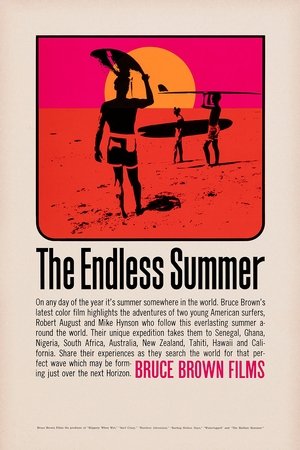 7.2
7.2The Endless Summer(en)
Bruce Brown's The Endless Summer is one of the first and most influential surf movies of all time. The film documents American surfers Mike Hynson and Robert August as they travel the world during California’s winter (which, back in 1965 was off-season for surfing) in search of the perfect wave and ultimately, an endless summer.
 6.0
6.0Un instante en la vida ajena(es)
Compilation of images of the amateur recordings of Madronita Andreu, Catalan intellectual of the nineteenth century, daughter of Dr. Andreu, famous for its pills and cough syrup.
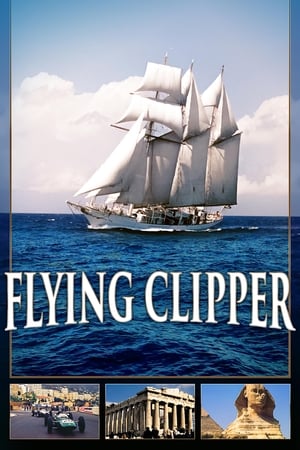 8.0
8.0Mediterranean Holiday(de)
A 1962 West German documentary film directed by Hermann Leitner and Rudolf Nussgruber.
 5.2
5.2Carmencita(xx)
The first woman to appear in front of an Edison motion picture camera and possibly the first woman to appear in a motion picture within the United States. In the film, Carmencita is recorded going through a routine she had been performing at Koster & Bial's in New York since February 1890.
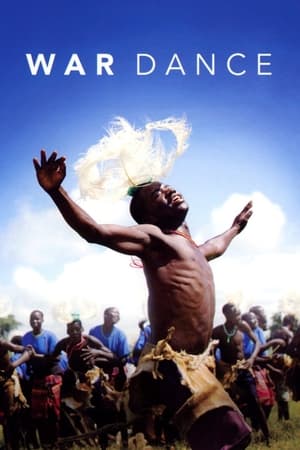 7.2
7.2War Dance(en)
Three children living in a displacement camp in northern Uganda compete in their country's national music and dance festival.
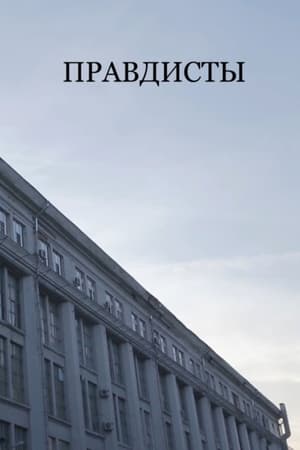 0.0
0.0Truthers(ru)
A year ago a place known among Muscovites called Pravda (formerly the largest publishing house of the USSR of the same name was located in this complex) promised to become a center of urban culture. The residents of this space will tell what the truth is for them now.
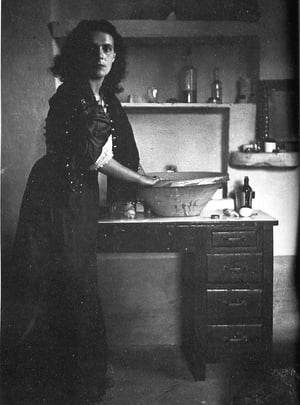 10.0
10.0Leonora Carrington or The Ironic Spell(es)
Cinema and painting establish a fluid dialogue and begins with introspection in the themes and forms of the plastic work of a woman tormented by the elongated specters, originating from her obsessions and nightmares.
